Poultry farmers in Russia and Ukraine adapt to the war-time economy
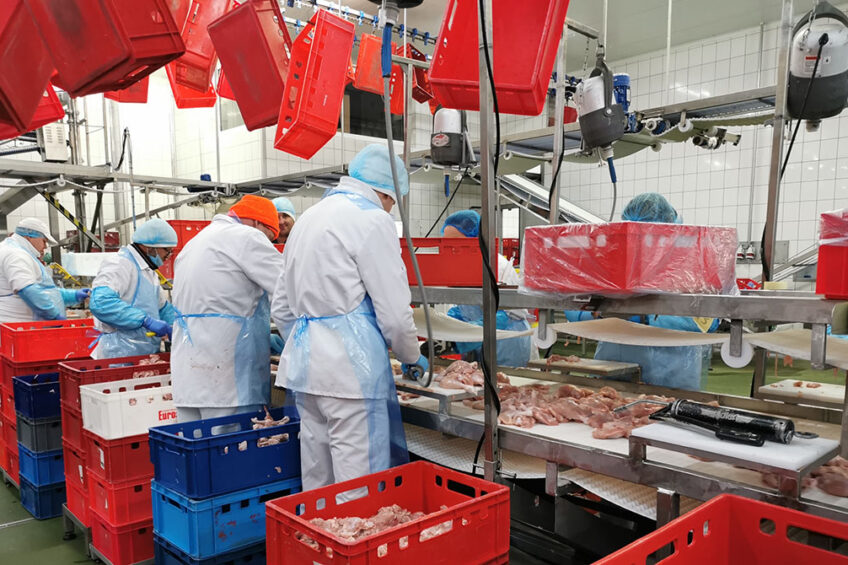
As the Russia-Ukraine war passed the 1-year mark, it can be safely said that poultry farmers on both sides of the conflict managed to weather the first storms. Looking ahead they are now trying to do long-term planning, even though the level of uncertainty remains unprecedented.
The end of the Covid-19 crisis and Western sanctions appeared to be a game-changer for the Russian poultry industry in 2022, said Sergey Sushkov, governor of Chelyabinsk Oblast, speaking during an industry conference on 10 February.
The Russian government has long invested in ramping up domestic food production to bolster food security, and now these efforts have paid off.
“Last year showed that agriculture along with the defence industry is a backbone of our country,” Sushkov said, underpinning the importance of additional measures designed to support poultry farmers, including in the form of soft loans with a subsidised interest rate, which was the critical factor helping Russian poultry producers to establish new production capacities in previous years.
“Moreover, Western sanctions have become a trigger to solve some systemic issues, one of which is import-replacement in the genetic field,” Sushkov said, mentioning the development of the first Russian broiler crossbreed, Smena 9, the trials of which are taking place at a Chelyabinsk poultry farm.
Russian poultry farmers minimised their dependence on imported hatching eggs, said Sergey Lakhtyukhov, executive director of the Russian national poultry union. “Industry leaders are 100% self-sufficient in the parent flock. This year, import dependence is expected to keep shrinking,” Lakhtyukhov forecasted.
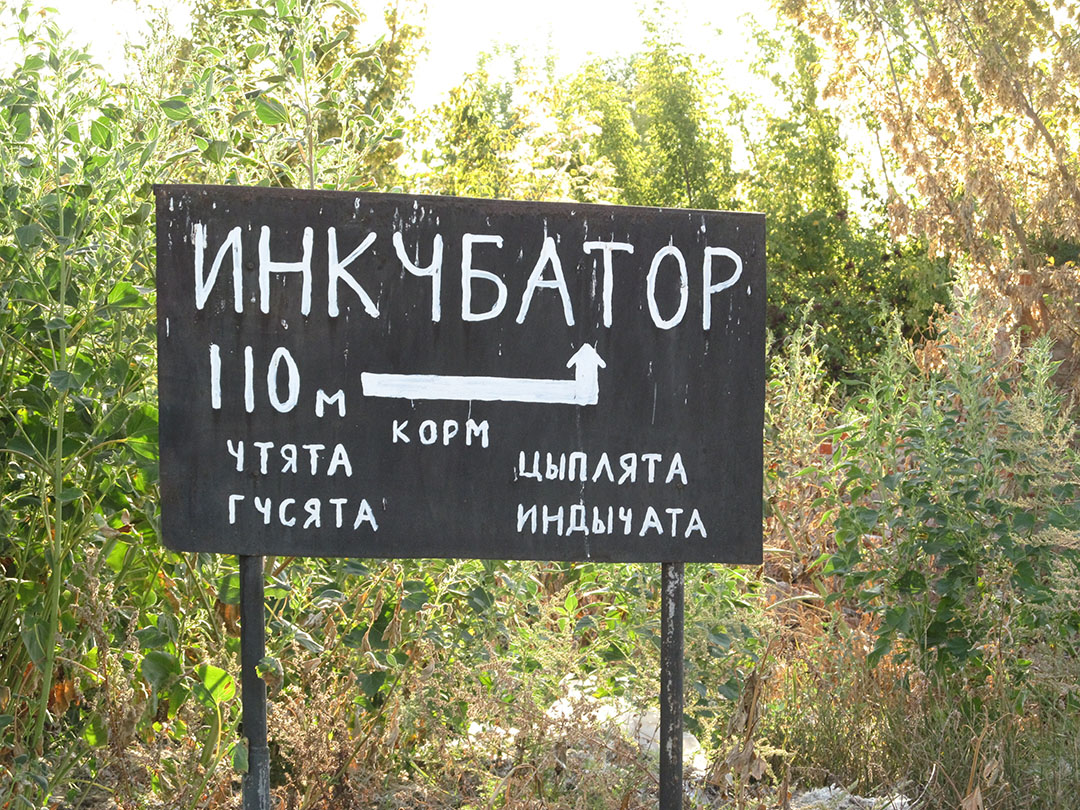
A feast in a time of plague
In 2022, Russian poultry production exceeded 7 million tonnes. Compared to the previous year, the output jumped by nearly 300,000 tonnes, largely due to record growth in domestic consumption. “Our calculations showed that poultry consumption per capita stood at 79 kg (in 2022). We have never had such a level, even during the Soviet times. Nevertheless, these 300,000 tonnes of poultry, as well as 300,000 tonnes of pork, create additional price pressures and impact the farm’s economy, so the key thing today is to encourage (growth) in demand,” Lakhtyukhov said.
This task could be solved through targeted food aid, and such aid was partly allocated last year, but only to some categories of customers: the military, pensioners and large families. “A survey conducted by the National Poultry Union together with retailers showed that at least 50% of the funds of any one-time or regular government assistance are spent on food,” Lakhtyukhov disclosed.
In 2022, Russia planned to spend 2.2 trillion roubles (US$29.7 billion) on social support for the population. It was estimated that every seventh Russian citizen should receive state aid under one of the numerous social programmes.
Social assistance was tremendously scaled up in March 2022 when Russian president, Vladimir Putin, announced compensation for the families of Russian soldiers killed or injured in Ukraine. Under the decree, family members of deceased Russian servicemen should be paid statutory insurance coverage and a lump sum payment of 7.4 million roubles (US$100,000). In addition, 3 million roubles (US$40,500) are due to be paid to injured soldiers.
The importance of social programmes for domestic consumption has also been acknowledged by Yuri Kovalev, chairman of the Russian Union of pork producers: “As a result, a large number of low-income families who previously could not afford pork or could only afford it in insufficient quantities began to buy it.”
The future of Russian meat consumption, however, remains uncertain. In 2022, between 500,000 and 1 million Russians fled the country, local independent journalists estimated. If this figure is correct, last year’s emigration wave could be the strongest since the 1920s when the Communist party came to power in the former Russian Empire after winning the civil war.
Coupled with the rising death toll, this factor is expected to put additional pressure on the already troubled Russian demographic. On the other hand, the Russian government vowed to continue and even expand social support programmes in 2023-2024. Given that 15-20 million Russians live below the poverty level, which is 12,900 roubles per month (US$174), there is still some room for growth of domestic demand for poultry.
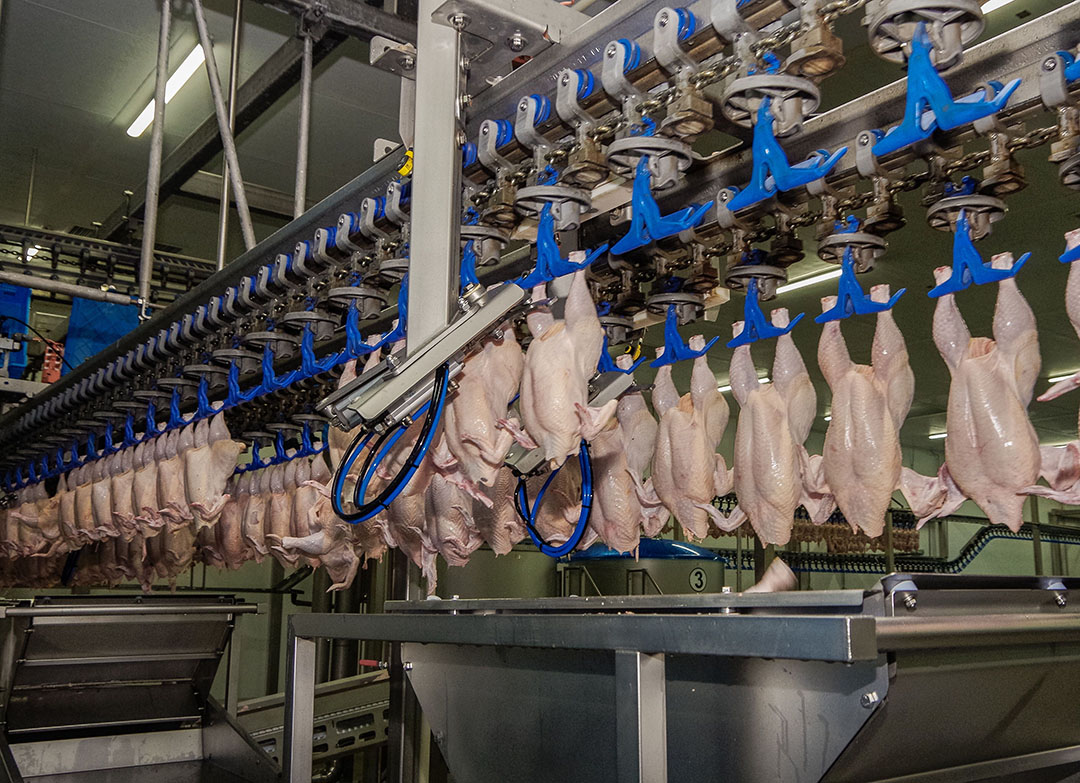
A battle for export markets
During the first 11 months of 2022, Russia exported 323,300 tonnes of poultry, which is 19% up compared with the previous year. Russian poultry producers boosted sales to foreign customers despite the pressure of sanctions, which hit logistics and insurance. “Exports to Saudi Arabia have shown tremendous growth. Supplies to the United Arab Emirates have also grown. Africa has become a fairly serious importer of Russian turkeys, despite the fact that this is more expensive premium meat,” Lakhtyukhov said.
In addition, Russia managed to increase exports to the countries of the Eurasia Economic Union, Belarus and Kazakhstan, Lakhtyukhov disclosed. Russian poultry exporters managed to gain a foothold in the Middle East and Northern Africa, where Ukraine used to have strong positions. In 2022, however, Ukrainian poultry farmers saw their export logistics largely disrupted.
Egg production in the Donbas region equals only 5% of the pre-war level.
“In 2022, Ukraine generated most of its agricultural export income from sales to EU countries. The total value of deliveries in that direction reached US$13.1 billion, i.e., 56% of all agricultural exports. This is largely due to forced circumstances as a result of the war because our seaports were blocked from the end of February to August last year,” a representative of the Ukrainian Association of Agrarian Exports said.
Under the Grain Deal, Ukraine managed to resume grain exports through Odesa and several smaller seaports, but to reach customers in the Middle East, Ukrainian poultry farmers have to ship their products to the seaports of Romania and Bulgaria first. Despite this, Ukraine preserved its position in the Middle East.
The main buyers of Ukrainian poultry last year were the Netherlands (US$252 million), Saudi Arabia (US$220 million) and Slovakia (US$65 million), the Association of Agrarian Exports estimated. Eggs were supplied mainly to the markets of Singapore, Latvia and the Netherlands.
In 2022, Ukraine exported 413,200 tonnes of poultry, which is 10.3% less than in the previous year, the Customs Service estimated. In monetary terms, exports totalled US$852.9 million, which is 18.6% more than in 2021. In 2023, Ukraine’s poultry exports are expected to bounce back. Russia also hopes to boost foreign sales, and as both countries eye the same sales markets, they are likely to increasingly compete with each other this year.
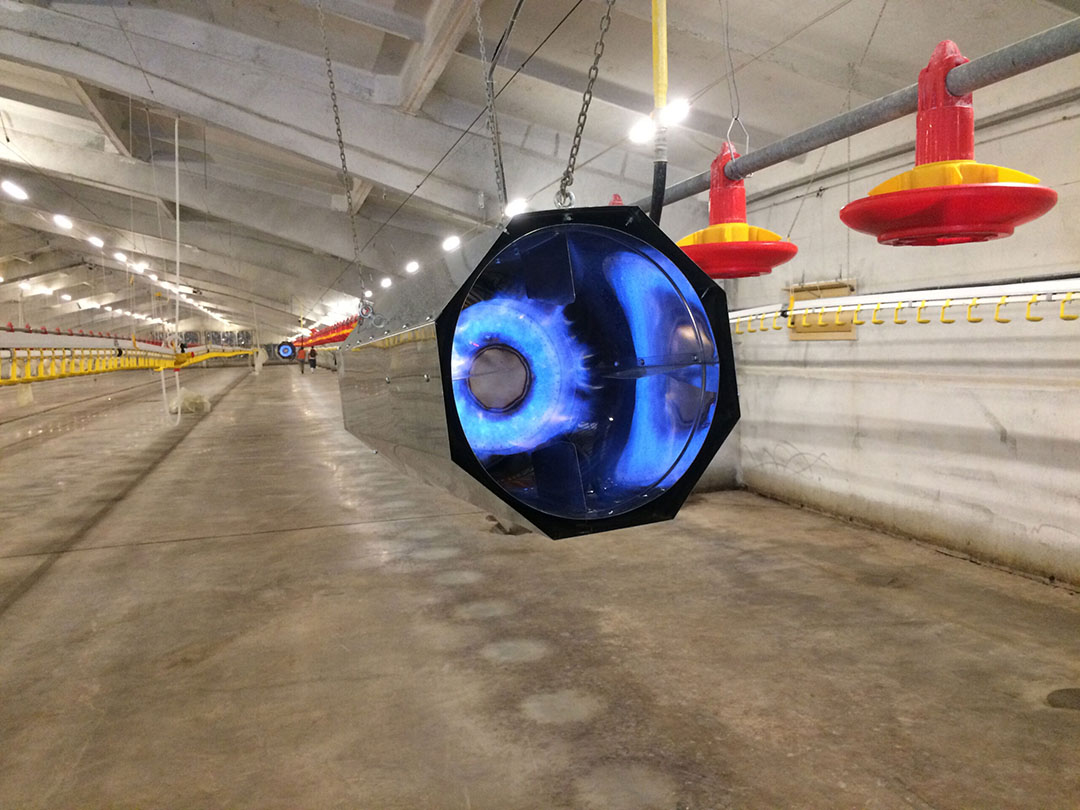
Wrong place, wrong time
Although all of Ukraine suffered from shelling, power outages, and economic turmoil during the past year, in eastern regions, things are believed to be worst. The livestock industry in Donetsk Oblast, also known as Donbass, where the most active hostilities have taken place, largely lay in ruins. Elena Rybakova, head of the economy department of the regional government, said.
“At the beginning of the war, 62 livestock companies operated in Donbas. Now only 23 are still in operation,” she said, adding that the poultry industry suffered catastrophic destruction. “A year since the war began, out of 8 poultry farms, only 1 continues operations. Egg production in the region equals only 5% of the pre-war level.”
The 2 largest farms in Donbas, Phoenix and Dimitrovskaya, reduced output, Rybakova said. At least 1 million head of birds were lost. Some production sites were physically destroyed, and others were abandoned by their owners. Farmers breeding sheep and goats relocated to safer territories, including the Volyn and Dnipro regions, but poultry farmers usually have no such opportunity.
There are losses on the Russian side, too. In December 2022, Belgorod governor Vyacheslav Gladkov said that, as a result of the shelling, a poultry farm in the region was damaged and 1 worker was killed. No additional information was provided. In January 2023, the Belgorod government again reported damage to a poultry farm as a result of shelling.
The continuing fighting makes Russian businesses nervous. For instance, Russian agricultural holding RusAgro has disclosed it prepared a plan for the operation of its Belgorod assets in case of an escalation of the Ukrainian conflict, Alexander Tarasov, financial director of RusAgro, said during a conference call. He warned that the company could be impacted if the fighting escalated into Russian territory.
In November, Gladkov said that the region started building a defensive line on the border with Ukraine in preparation for an anticipated attack by Ukraine’s Armed Forces. On the other hand, Ukrainian officials have repeatedly denied plans to attack Russian territory.
Ukrainian poultry farmers based in the central and western regions operate in a completely different reality. The country’s largest broiler meat producer, MHP, and large egg manufacturer Ovostar Union experienced difficulties associated with market turbulence, power outages and other negative factors, but were spared destruction of capacity. However, as the war drags on, nobody is safe.
Since the beginning of 2023, Ukrainian government officials and Western leaders have discussed a possible new Russian offensive. Oleksiy Reznikov, Ukraine’s defence minister, said in early February that his country expected Russia’s forces to launch a new offensive in the Donbas and southern areas. In addition, concerns are rising in Kyiv that Russia is preparing to launch a new offensive against Ukraine from Belarus, including possibly aiming to capture Ukraine’s capital or Western regions to cut the country from Western military aid.
Whatever happens, it can be assumed that 2023 will be pretty challenging for the poultry industry in both Russia and Ukraine, and there are looming fears that the worst is yet to come.
 Beheer
Beheer


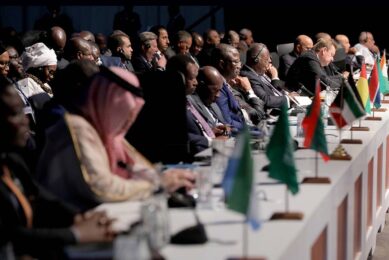
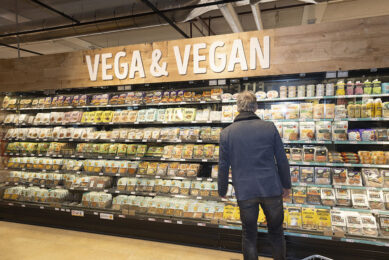
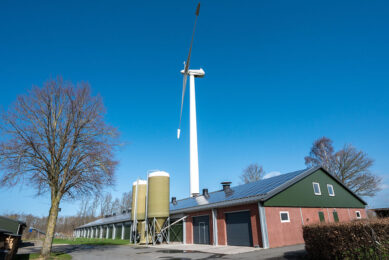
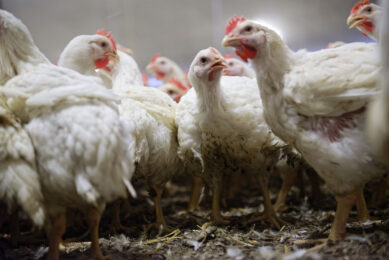





 WP Admin
WP Admin  Bewerk bericht
Bewerk bericht